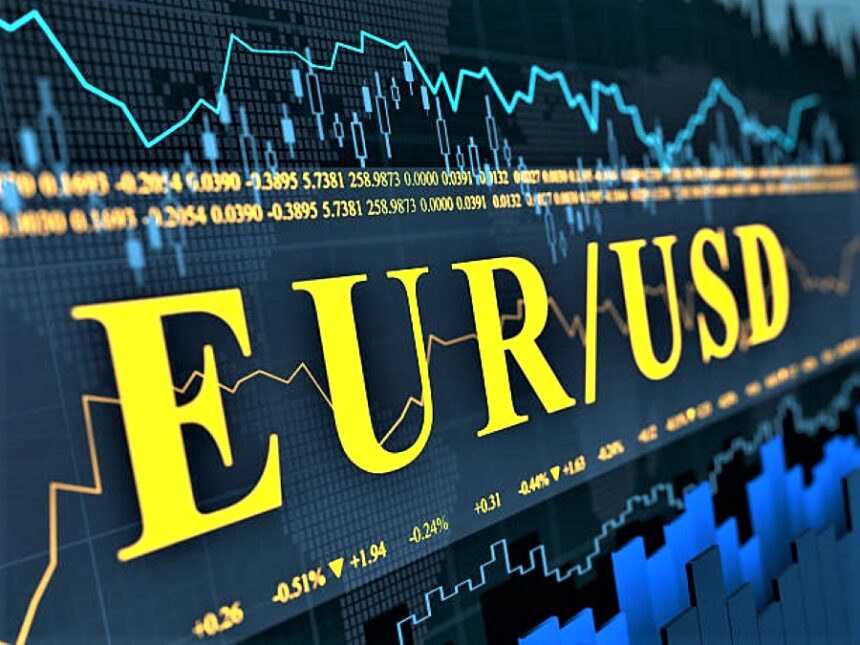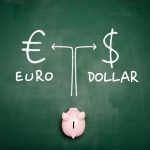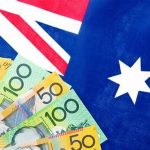Trump’s Tariff Flip-Flop Shakes Market Confidence
The EURUSD currency pair struggled to maintain its earlier rally on Monday, giving up a large portion of its intraday gains as the US Dollar rebounded sharply. After reaching a monthly high of 1.1425, the pair fell back toward 1.1380 during the North American session, as the US Dollar Index (DXY) recovered to near 99.00.
This turnaround in market dynamics came after a dramatic weekend of tariff headlines from Washington. President Trump’s contradictory statements on imposing flat 50% tariffs on European Union (EU) imports sent waves through financial markets and raised questions over the credibility of US policy. While the threat was initially set for June 1, the White House has now delayed the implementation until July 9 to allow more time for negotiations.
These unexpected policy shifts have eroded confidence in the US Dollar, especially as they coincide with other unorthodox fiscal and monetary maneuvers from the Trump administration. Yet, Monday’s bounce shows the Greenback still has resilience, particularly when risk sentiment wavers.
EU Trade Relief Offers Temporary EURUSD Boost
The Euro initially surged on relief that trade tensions between the US and EU had de-escalated, at least temporarily. European Commission President Ursula von der Leyen confirmed a productive conversation with President Trump over the weekend. She stated that the EU was willing to advance talks “swiftly and decisively,” requesting a negotiation window until July 9.
The temporary resolution eased fears of an imminent transatlantic trade war, which would have had severe consequences for the already vulnerable European economy. Equities rallied across European bourses, and the Euro found early demand as traders priced in the likelihood of a negotiated solution rather than direct confrontation.
Still, skepticism remained. Investors questioned how long the truce would last, particularly given Trump’s volatile communication style and recent history of walking back statements. The market’s late-day USD rebound reflected this underlying caution.
German Economy Surprises to the Upside
Adding to the EURUSD strength during the European session was upbeat economic data from Germany. Revised first-quarter GDP figures showed the economy expanded by 0.4%, double the previous estimate of 0.2%. This surprising result eased fears of a third consecutive annual contraction and raised hopes that Europe’s largest economy could avoid stagnation in 2025.
Analysts at Deutsche Bank were quick to note that this performance suggested a degree of underlying resilience in the German economy. While uncertainties remain—especially regarding Trump’s trade policy—Germany’s stronger-than-expected growth signals that the Eurozone could weather external shocks better than previously assumed.
ECB Policy Outlook Keeps Euro Supported
Beyond short-term economic data, monetary policy dynamics in the Eurozone also lent support to the Euro. European Central Bank officials have increasingly signaled comfort with the market’s expectation of a June interest rate cut, particularly as inflation appears to be slowly aligning with the ECB’s 2% target.
Bank of Greece Governor Yannis Stournaras explicitly stated on Friday that he expects “one more interest rate cut in June and then a pause.” His comments reinforce market pricing that anticipates a measured, data-dependent approach from the ECB going forward.
As Eurozone inflation cools and growth stabilizes, the central bank is walking a fine line between supporting the recovery and preventing an unnecessary loosening of policy. However, any fresh inflationary shocks—such as tariff-induced price pressures—could complicate this balance.
Greenback’s Safe-Haven Appeal Under Fire
The Greenback’s recovery on Monday came despite intensifying scrutiny over its role as a global safe-haven currency. In recent months, the US Dollar has been weighed down by unpredictable trade policies, threats against Fed independence, and fiscally reckless proposals.
President Trump’s recent push for a new tax cut and spending bill—projected to add $3.8 trillion to the national debt—has further eroded confidence in US fiscal discipline. The repeated speculation around removing Federal Reserve Chair Jerome Powell has also shaken the institutional credibility of US monetary policy.
As ING analysts put it, the Euro is increasingly viewed as “the most liquid alternative to the Dollar,” a status that helps explain its recent upward trend even as geopolitical uncertainty grows. However, Monday’s price action shows that sentiment-driven moves can quickly reverse in a risk-off environment.
US PCE and Eurozone Inflation in Focus This Week
Looking ahead, the next key drivers for EUR/USD will be economic data releases from both sides of the Atlantic. In the US, traders are awaiting April’s Personal Consumption Expenditure (PCE) Price Index, the Federal Reserve’s preferred inflation gauge, due Friday.
Stronger-than-expected PCE data could challenge expectations of Fed easing later this year and provide fresh support for the Dollar. Conversely, a soft reading would validate dovish market bets and pressure the Greenback further.
In the Eurozone, inflation figures for May—especially from Germany, France, and Spain—will be closely watched. Signs of persistent price softness could reinforce the ECB’s case for a June rate cut. Alternatively, sticky inflation may delay the central bank’s next move and lift the Euro.
Technical View: EURUSD Faces Resistance Near 1.1430
From a technical perspective, EURUSD is facing resistance near the 1.1425–1.1430 zone, which represents both the monthly high and a key psychological barrier. A sustained break above this level could open the door for a retest of the February high near 1.1480.
On the downside, immediate support lies around 1.1380, followed by stronger demand near 1.1320. A close below that level would suggest a loss of bullish momentum and potentially pave the way for a deeper correction toward 1.1270.
Momentum indicators remain broadly neutral, but the pair’s ability to stay above the 50-day moving average keeps the bias modestly in favor of the bulls—provided political uncertainty doesn’t spark another USD rally.









